What is It?
The Banach–Tarski paradox is a theorem in set-theoretic geometry, which states the following: Given a solid ball in three-dimensional space, there exists a decomposition of the ball into a finite number of disjoint subsets, which can then be put back together in a different way to yield two identical copies of the original ball. Indeed, the reassembly process involves only moving the pieces around and rotating them without changing their shape. However, the pieces themselves are not "solids" in the usual sense, but infinite scatterings of points. The reconstruction can work with as few as five pieces.
What Makes it a Paradox?
The theorem is called a paradox because it contradicts basic geometric intuition. "Doubling the ball" by dividing it into parts and moving them around by rotations and translations, without any stretching, bending, or adding new points, seems to be impossible, since all these operations ought, intuitively speaking, to preserve the volume. The intuition that such operations preserve volumes is not mathematically absurd and it is even included in the formal definition of volumes. However, this is not applicable here because in this case it is impossible to define the volumes of the considered subsets. Reassembling them reproduces a set that has a volume, which happens to be different from the volume at the start. Unlike most theorems in geometry, the mathematical proof of this result depends on the choice of axioms for set theory in a critical way. It can be proven using the axiom of choice, which allows for the construction of non-measurable sets, i.e., collections of points that do not have a volume in the ordinary sense, and whose construction requires an uncountable number of choices. It was shown in 2005 that the pieces in the decomposition can be chosen in such a way that they can be moved continuously into place without running into one another. As proved independently by Leroy and Simpson, the Banach–Tarski paradox does not violate volumes if one works with locales rather than topological spaces. In this abstract setting, it is possible to have subspaces without point but still nonempty. The parts of the paradoxical decomposition do intersect a lot in the sense of locales, so much that some of these intersections should be given a positive mass. Allowing for this hidden mass to be taken into account, the theory of locales permits all subsets (and even all sublocales) of the Euclidean space to be satisfactorily measured.
